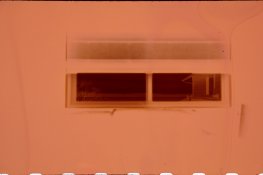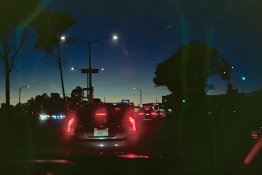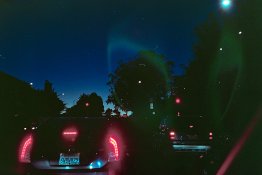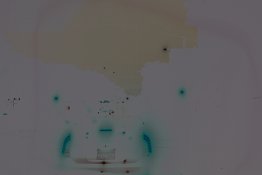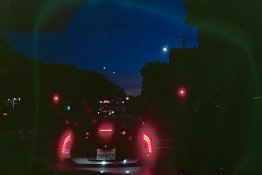Hi all, I've been using Flexicolor chemistry in a Jobo CPP2 to develop my C41 film for the last year. I generally do 10-20 rolls of mixed 35mm and 120 of varying emulsions. Lately I've been noticing that some of my rolls end up with a strange streak running down the center of most of the roll, and I'm having a really hard time figuring out what's going on. I've tried re-rinsing, re-bleaching and re-fixing some of the affected film with no impact. I'm hoping someone can help me figure out what's going on. I've attached some examples of negatives with the characteristic streaks. The streaks appear purple-ish, fluid mark running down the center of the negative, and show up as a yellow streak on the inverted image.
My process:
I develop at 37.8C, set the Jobo to rotate at "P"
Develop 3:15
Stop and 1 min rinse
6:30 bleach
3 min rinse
6:30 fix
3 min rinse
Final rinse
I've been mixing my developer with tap water recently (I live in Brooklyn) but I've noticed the streaks on rolls that I've developed with chems mixed with distilled water.






My process:
I develop at 37.8C, set the Jobo to rotate at "P"
Develop 3:15
Stop and 1 min rinse
6:30 bleach
3 min rinse
6:30 fix
3 min rinse
Final rinse
I've been mixing my developer with tap water recently (I live in Brooklyn) but I've noticed the streaks on rolls that I've developed with chems mixed with distilled water.








